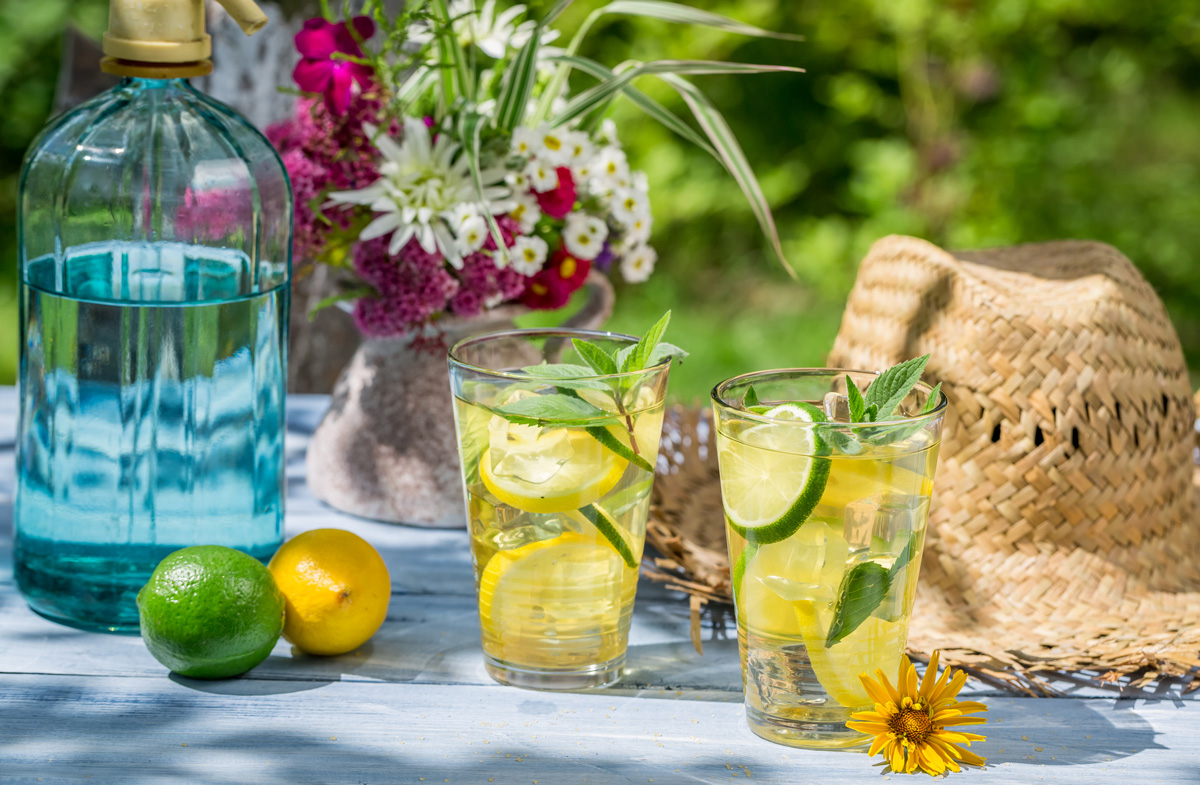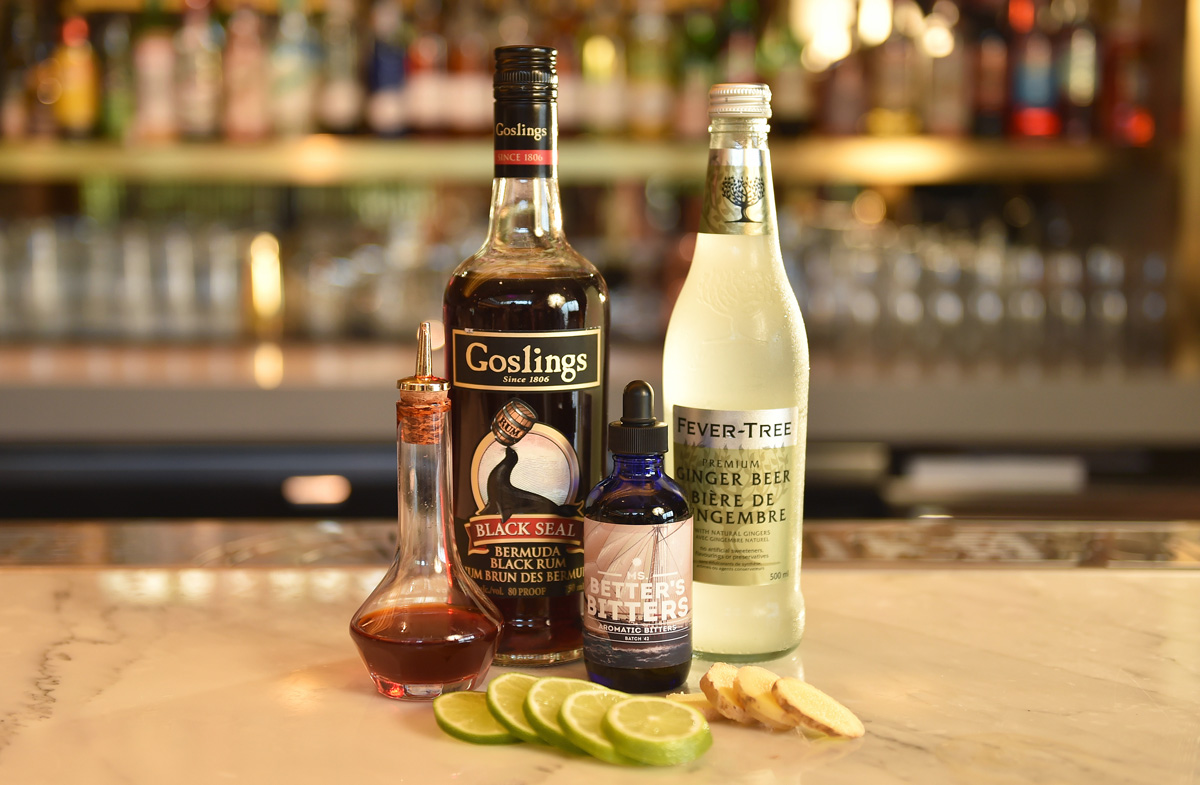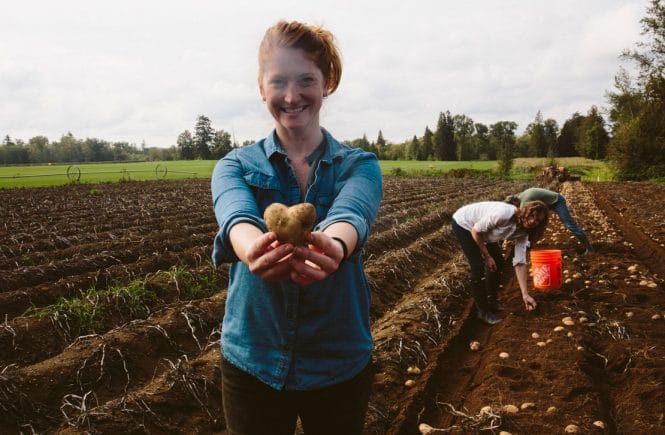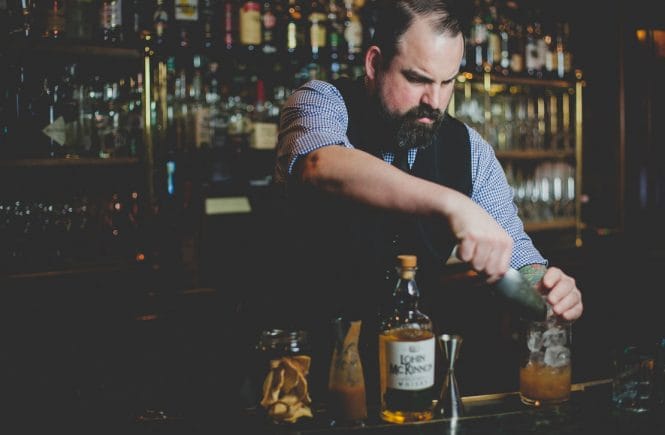Why the highball is our enduring summer cocktail of choice.

When it’s hot and sticky out, who’s really up for making fancy cocktails? Not me.
That’s why summer time is highball time. The highball is the quintessential two-ingredient cocktail: spirits and soda, gussied up with ice and maybe a lemon wheel or a sprig of mint if you want to get fancy.
The highball is the quintessential two-ingredient cocktail: spirits and soda, gussied up with ice and maybe a lemon wheel or a sprig of mint if you want to get fancy.
Easy. Thirst quenching. Ahhh.
Simple as it is, though, there’s more going on with the highball than you might think. For one thing, there’s that name. It refers back to old-timey American railway lingo. The highball, according to cocktail historian Gary Regan, was the name for the float in a steam engine’s water tank. If there was enough water for the train to depart, the conductor would “give the highball”—two short blows on a whistle, followed by a long one.
In the glass, that’s translated as two short measures of spirit plus a long stream of soda.
It may seem as if the highball was always with us, but it dates back only to the 1890s or so. It first appears in print in Harry Johnson’s 1900 Bartenders Manual. Then, in 1927, a Manhattan barkeep named Patrick Gavin Duffy wrote a strongly worded letter to The New York Times, in which he took credit for introducing the highball to America when an English customer asked for a Scotch and soda in his bar back in 1894.
Although the name likely originated in the U.S., the drink itself did not. It came from England, where artificial carbonation had been invented more than a century previously. The English, who also made bubbly wine before the French perfected it, were the first to infuse water with carbon dioxide back in 1767. By 1792, an Englishman named Johann Jacob Schweppes had developed a process to commercially manufacture fizzy water and was selling it all over London.
By the beginning of the 19th century, Londoners were enjoying soda water in their brandy, then turned to whisky, first when blockades during the Napoleonic wars prevented Cognac from landing in posh gentleman’s clubs and then again when phylloxera devasted Europe’s vines. (There is a school of thought that the name highball actually refers to British golf club slang—the “ball” is a small amount of whisky in a tall glass.) In any case, the English were enjoying drinks such as the “Splificator” (Irish whiskey and soda) long before the highball was a thing, and the soda siphon became an essential tool in the home bartender kit.

Today, of course, there are many variations on the highball. Among them: gin and tonic, rye and ginger, vodka and soda, Pamplona (tequila and grapefruit soda), Cuba Libre (rum and cola) and Dark ’n’ Stormy (dark rum and ginger beer). Unlike the Collins, the highball traditionally does not contain citrus juice, but there’s no reason why you couldn’t add bitters, infusions, syrups, fancy garnishes or a splash of lemon or lime juice if you wish.
Then again, when the point of a drink is simple perfection, why make things complicated when you don’t have to?
ANY TIME, ANY PLACE: The highball is not just an easy drink to enjoy on a lazy day, it’s also the ideal solution for those times when you’re imbibing in an establishment where you can’t trust the cocktail skills behind the bar.
DRINK FREE: One of the most famous highballs is the Cuba Libre, a.k.a., rum and Coke with a squeeze of lime. Although fighters drank what they called a Cuba Libre during the Spanish-American War of 1898, it was made with molasses, water and spirits; Coca-Cola was only introduced to Cuba around 1902, after Spain capitulated.
THE RIGHT GLASSWARE: Not that we’re picky, but a proper highball glass is taller than an Old Fashioned glass, and shorter and wider than a Collins glass, about 2 ¾ inches in width and six inches high. It should hold eight to 12 ounces of liquid.
—by Joanne Sasvari




